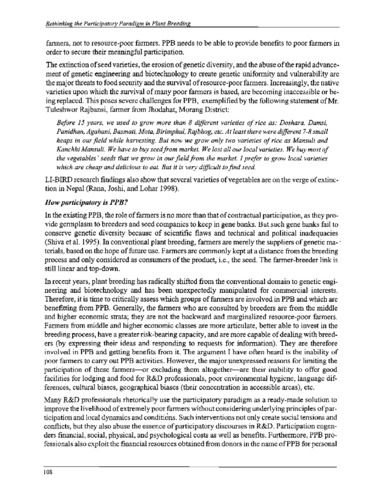Cassava agronomy research in China
Through cooperation with CIAT, national programs in China have paid more and more attention to cassava agronomy research and a lot of progress has been made. This paper describes briefly the most common cropping systems and production practices presently used by farmers. It also reviews the results of research on soil/crop management, with emphasis on soil fertility maintenance and soil erosion control, during the past decade.
In China, cassava is usually planted from Jan-May, while it is harvested from Nov-Mar. The plant population is about 10,000-12,000 plants/ha under normal conditions, while the population could increase to 15,000-18,000 plants/ha in poor soils.
Results of soil erosion control trials showed that two treatments, i.e. no-tillage but making a planting hole (30x30 cm) by hoe, or complete land preparation followed by contour ridging, not only increased cassava yields, but also decreased soil erosion. However, soil loss was very serious with complete land preparation but without ridging. Long-term fertilization trials conducted in CATAS, GSCRI and UCRI, indicate that cassava yields increased significantly with the application of N and K. Increasing the N application from 50 to 200 kg/ha while maintaining a constant rate of 100 kg K2O and 50 kg P2Os/ha, cassava yields increased significantly, but the root starch content decreased. In contrast, both cassava yield and root starch content increased with an increase in K application from 50 kg to 200 kg K2O/ha, while maintaining a constant rate of 100 kg N and 50 kg P2Os/ha. Cassava intercropped with watermelon produced the highest economic returns, but soil erosion was controlled most efficiently by intercropping with peanut.

